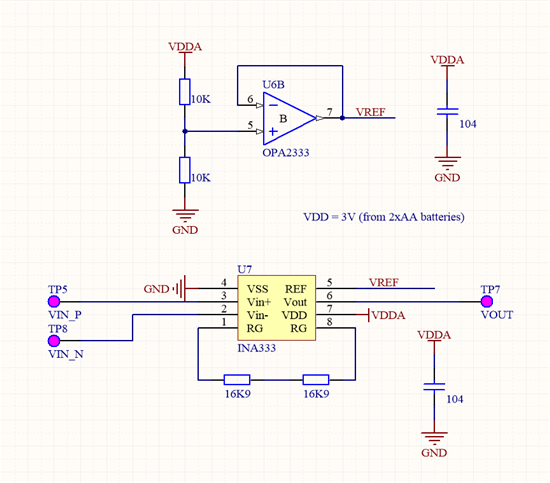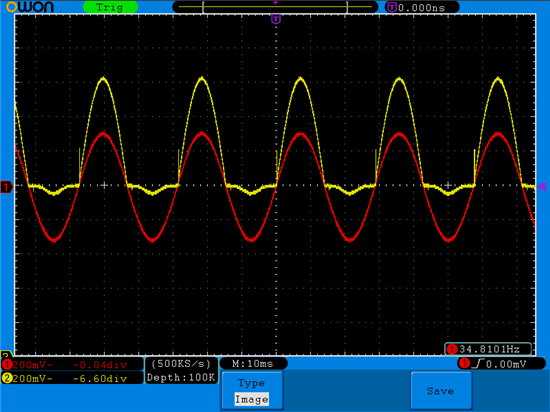Hi Paul Grohe,
I would like to design a Charge collection Circuit using the LMP7721 and IVC 102, to be connected to a Farmer Ion Chamber used in Radiation measurements. the measurement range should be from 5 femto amps (preferable) to about 10 Micro Amps.
I have only basic knowledge of Electronics and not very good at mathematics, however studied the evaluation boards of both these IC. I understand Noise and stray capacitance are a big issue at these level. I need to integrate both these cct, and they should be working at floating levels of HV as the signal Input and the guard ring should be at HV level WRT to Ground as the chamber exterior is grounded.
These will be done with Timed measurements i.e. output will be measured with time, or free running depending on user, also the HV is going to be altered in polarity the voltage levels, to check polarity effects.
Can I get some help.
James Mazarello
India


